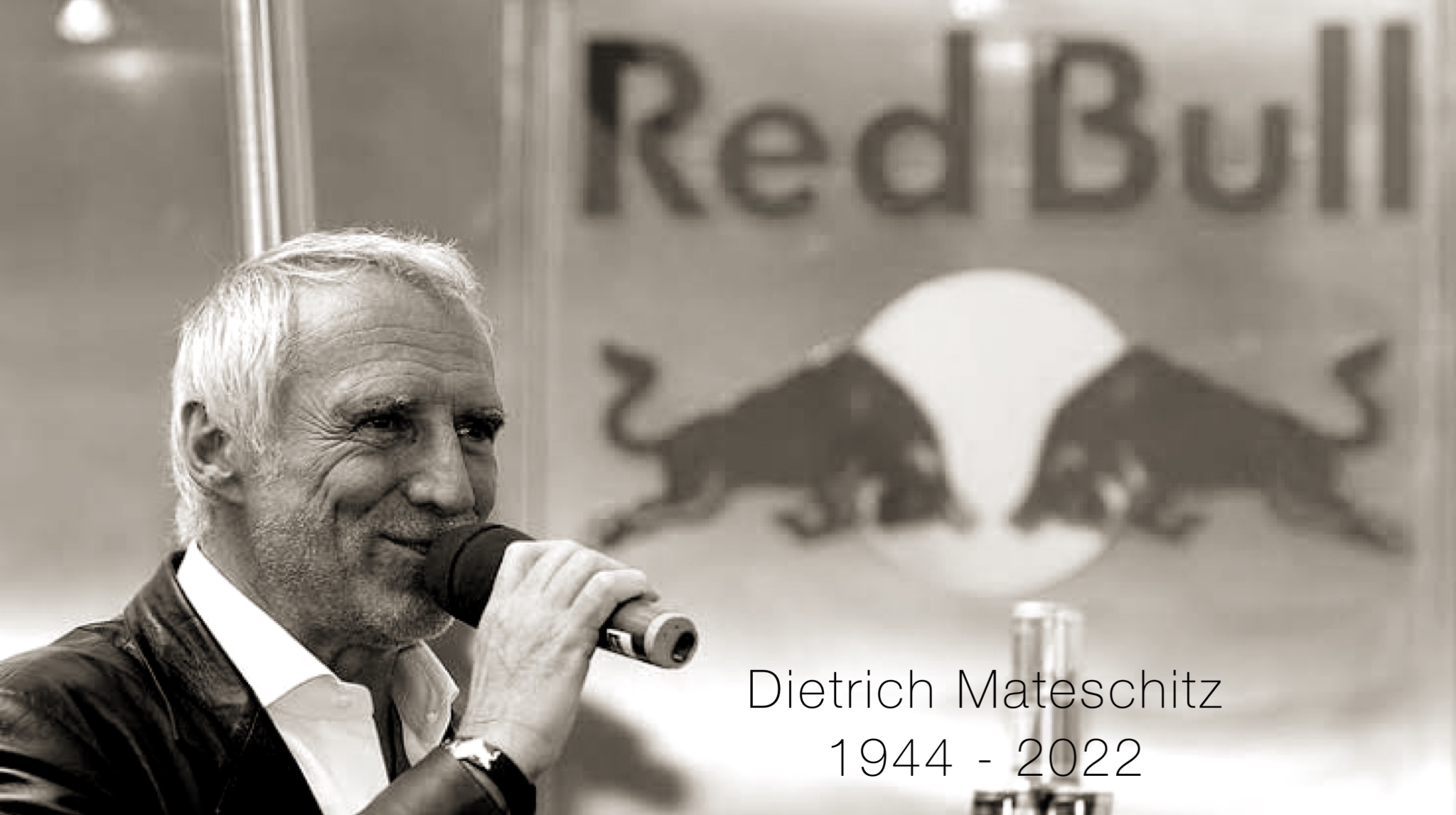By Zion Rufus
One thing that stood out for Dietrich Mateschitz was that he knew how to exploit success. The corporate climate over his brand was different, his marketing was brilliant.
Not only did the Austrian entrepreneur master brand positioning through guerilla marketing when he established Red Bull in 1984, he carved a new market for the product, and led it to become one of the most iconic energy drink brands in history now sold in more than 170 countries.
Fueling the brand’s success with his passion
Because of the taste, most people did not like the Red Bull drink according to an early research, but they loved the product; Red Bull was still the leading brand in the U.S. energy drink market as of May 16, 2021, and worldwide Red Bull sold 7.9 billion cans in 2020, up from just over 4 billion cans in 2011.
Why? because the brand invested in things people cared about including exciting events that get high media coverage.
He once said: “We don’t bring the product to the consumer, we bring consumers to the product.”
Mateschitz turned his unique love for entertainment and extreme sports into a world-class marketing strategy, owning multiple sports teams including a formula one team; the brand also supports close to 500 world-class extreme sports athletes that compete in spectacular and often record-breaking events across the globe. Till date, no brand is as strongly represented in the extreme sport segment as Red Bull. Today, Red Bull sponsors hundreds of sports events across the globe and holds many world records
Be real and authentic in your ad budgeting
Another strategy that worked for Mateschitz was leveraging word of mouth to raise awareness. Because he was aware a lot of people did not really like the taste of the drink, Mateschitz did not bother about mass marketing at first.
Instead, the genius marketer leveraged targeting by using existing cashflow, maximizing the output, and spending it on the target group that was interested in the brand. He believed that “Marketers need to reach the ‘alpha bees’, and if they like the product, they will tell other people about it.
Mateschitz went on to hire students to drive Minis with a big Red Bull can strapped on top. They cruised around campuses and offered free samples at parties. Beyond expectations, the student marketing buzz boosted sales, and by the year 2000 Red Bull’s sales in England had soared to 200 million cans.
Today, special Red Bull events take place in Australia, Asia, Africa, North America, South America, Russia and all over Europe.
Persevere
The success story of Red Bull isn’t entirely smooth sailing. Like every other, the brand faced initial struggles and losses. Recording a loss of over a million-dollar in two years, Mateschitz did not fret even as he began to pursue alternative marketing strategies to save the business he believed in.
In no time, the storm passed and he realised that Austria was no longer big enough. In 1993 he expanded to selling red bull to Hungary, before proceeding to conquer Germany and England.
Mateschitz also displayed perseverance when several European countries such as Denmark and Norway restricted distribution of Red Bull to pharmacies. France also noted health concerns when it declined the authorization of the sales of Red Bull in stores.
Not discouraged, he said: “We are selling in 106 countries worldwide; we’ll save France for last.”
Taking a diss at the French market, according to accounts shared by Selling Power, Mateschitz sent a message to the French market and the world that the wings of Red Bull are alive and well. He sponsored an extraordinary stunt performed by the Austrian air acrobat Felix Baumgartner, who became the first man to fly the English Channel (22 miles) from Dover, England to Calais, France with a special 6-foot delta-wing made of carbon fiber strapped to his back.
Baumgartner wore a special suit to insulate him against the freezing temperatures (minus 55 degrees Fahrenheit) when he jumped out of the airplane at 33,000 feet. He used oxygen for the first few minutes while he flew at a speed of more than 220 miles per hour. After less than seven minutes, Baumgartner pulled his parachute and landed safely in France. TV footage of Baumgartner’s world record event and the Red Bull logo were seen by more than 200 million people around the world.





Comment
No comments found.